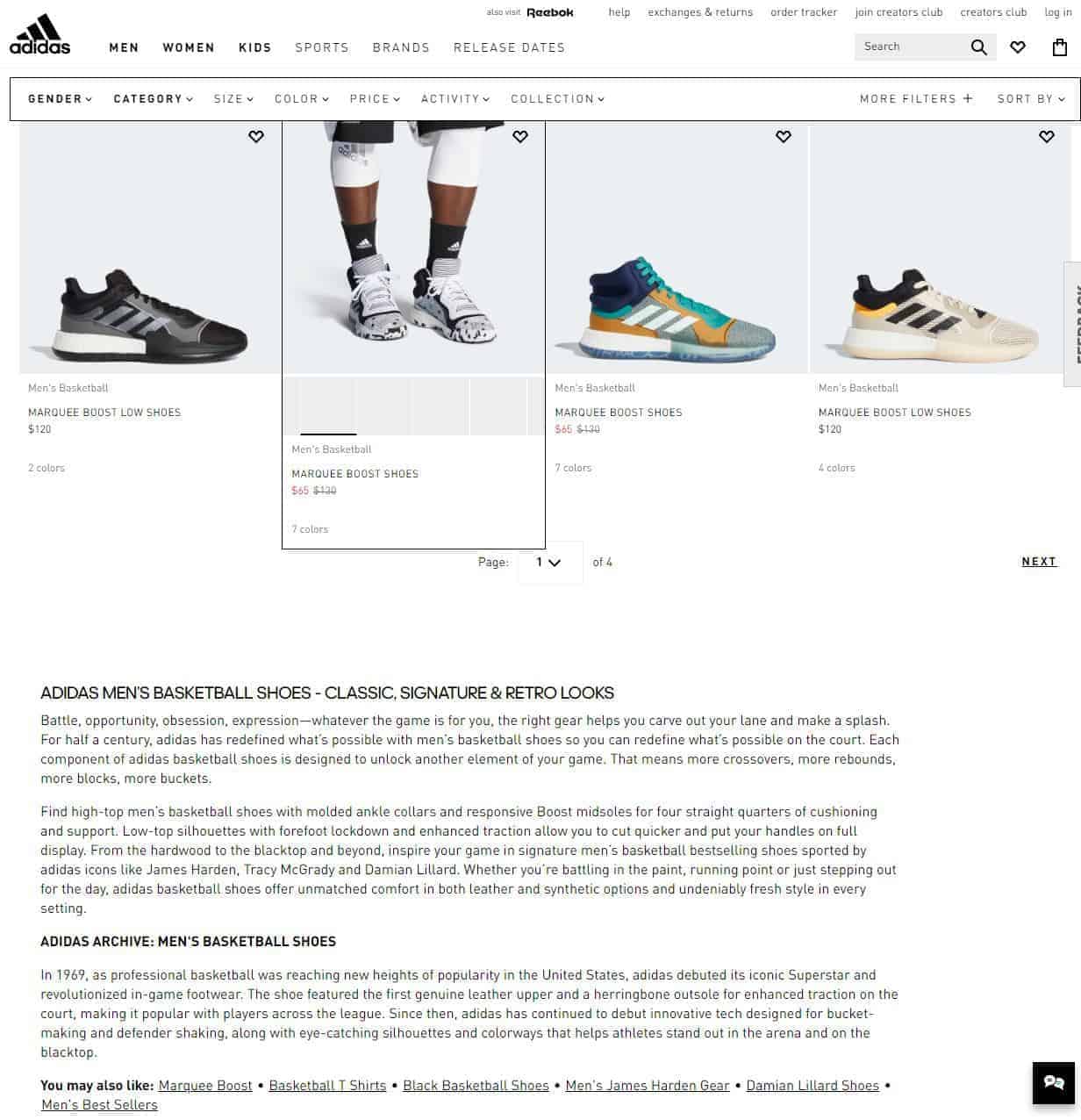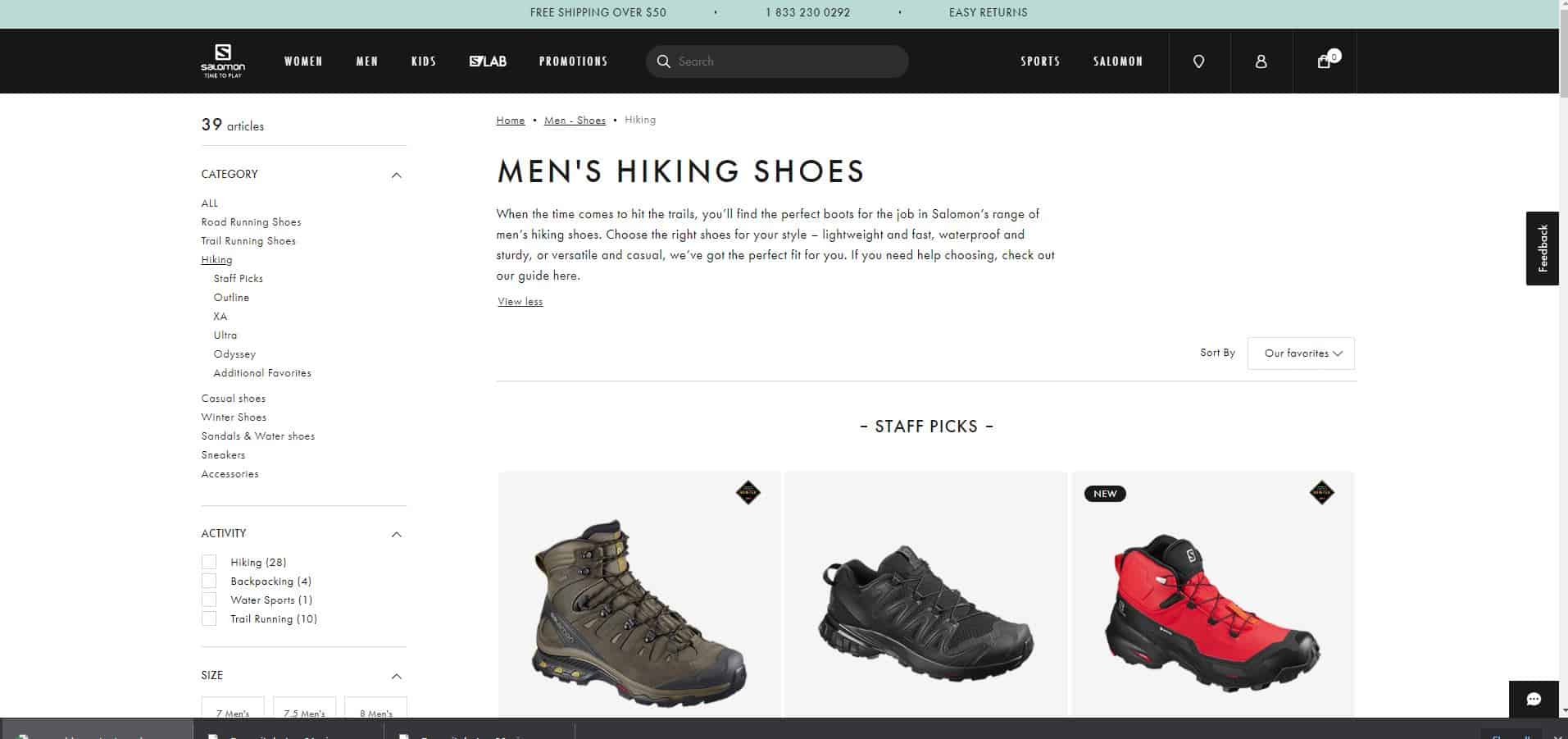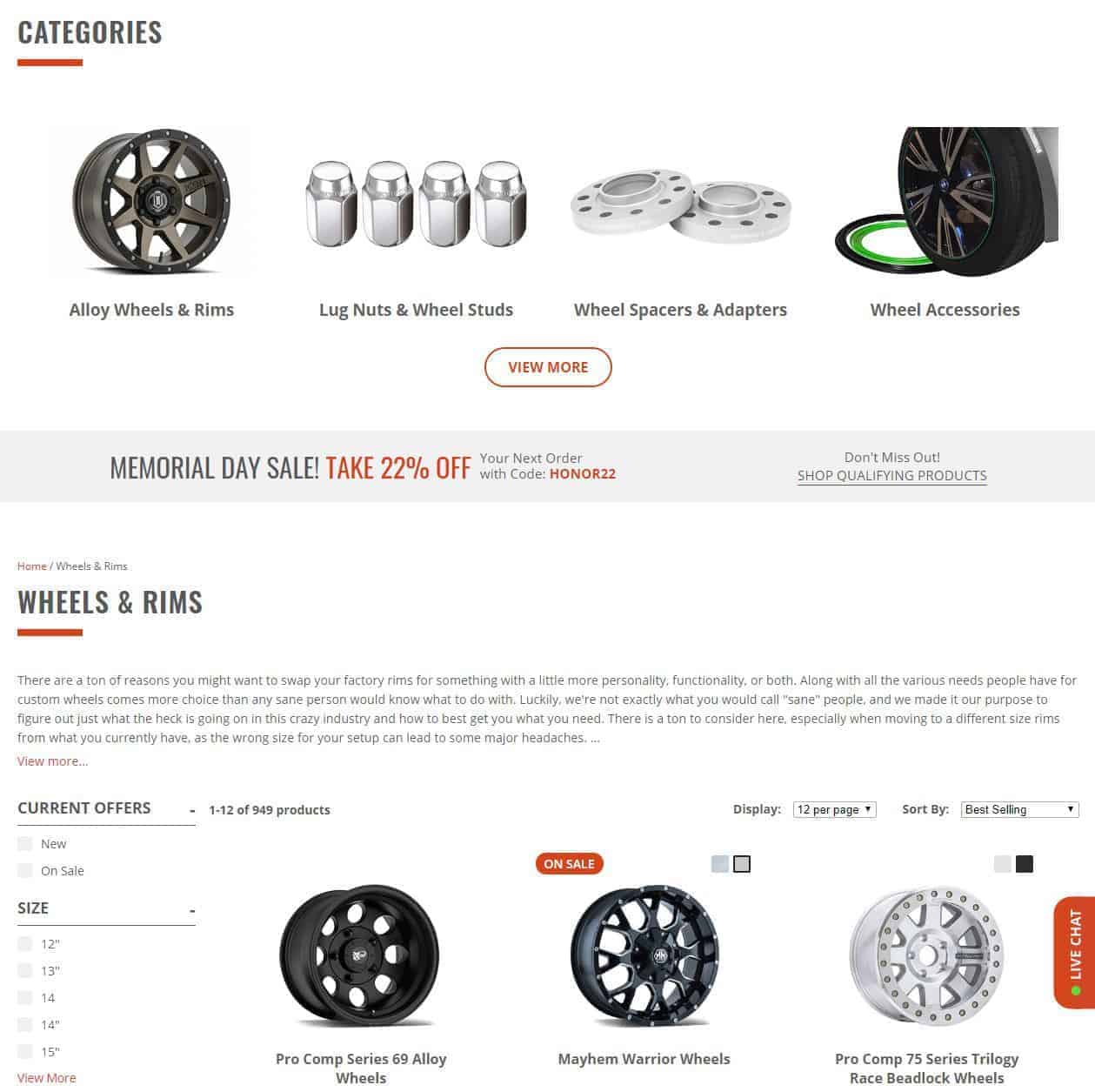
Do I Need Category Pages for My E-commerce Store?

When you build a website for your ecommerce business, the end goal is not only to inform your potential customers about the product or service you’re offering but also to build a real connection with the information you’re providing. That personal connection is what really sets your business apart from other, similar online presences and gets your name, brand and values out there. This is especially important when your store is mostly based online, because consumers are relying on your website to get a feeling of what your company stands for and why they should choose your ecommerce shop. This is precisely why many business owners choose to hire professional category description writing services to help build out ecommerce site categories.
Don’t Neglect Ecommerce Site Category Pages
Ensuring your products all have strong, accurate descriptions is definitely a good place to start when building an effective ecommerce website. However, more often than not, category pages are overlooked. After all, they are just where you hold products, right? Customers can figure everything out for themselves, right? The truth is, skipping the info on your category page is a missed opportunity for both facilitating a better connection with clients and enhancing your online presence through better SEO rankings.
Therefore, the short answer to your question is, yes, you should absolutely invest the time and money in getting good content onto your ecommerce website’s category pages.
What Does Good Ecommerce Category Page Design Contribute to an Ecommerce Site?
Creating content on your category page isn’t just a case of filling up space to make your page look more professional. Having quality product description writing on your page contributes a great deal to how your consumers interact with your website, as well as how they navigate their way to your e-commerce store. Some of these contributions focus on accessibility, while others involve a more technical approach to e-commerce site building.
1. Context for Products and Services
One great benefit of using a category description writing service to create copy for your category pages is that it gives you the opportunity to provide context for the products or services you’re providing. Some category page examples of this might include:
- Highlighting the unique properties of a specific collection of products
- Relating your business’s values to the product or service
- Providing information on how your products are different from similar ones
- Sharing general information on what the products are and what they might be used for
Adding this simple content into your category page provides visiting consumers with a broad introduction to the subject, which in turn readies them for the more specific details found in your product descriptions. You can see that Adidas does this at the bottom of its category pages.

2. More Search Engine Content
Your category page is the ideal place to fit in a handful of crucial keywords that could lead more customers to your site and on to the products your category page houses – all while avoiding the devastating pitfall of keyword stuffing, an issue that could cause your site to be swept to the wayside by popular search engines. Category description writing services can take these otherwise empty spaces and outfit them with popular keywords that your target consumers search often, guiding people to your page to learn more about the products or services you’re providing.
3. Page Ranking Possibilities
By building your ecommerce category page design in just the right way, you can enhance your page ranking, which in turn makes you visible to more potential customers searching for your specific keywords. Increasing your category page ranking is an involved process that includes how you build your links, your product descriptions and even the architecture of your page layout. See this category page example from Salomon:

In it, you can see how they utilize specific keywords such as “boots”, “trails”, “men’s hiking shoes”, and more. In order to capture more online searchers that may only be searching for “Men’s hiking shoes” and giving them options to choose from, a category page is a perfect destination for this sort of optimization.
In short, building these ecommerce site category pages can seem like a complicated headache in the making, but it’s well worth the time spent formulating the perfect copy – or paying a category page writing company to do it for you.
Why Don’t All Sites Use Category Descriptions?
Of the many websites included in the tier 1 and 2 e-commerce site hierarchies, only around 62% of them implement custom category descriptions. However, seeing the success of sites that don’t use copy on category pages doesn’t mean you shouldn’t invest in it for your site. Often, successful sites that forgo this content and opt for other sorts of category description writing services are simply on better footing than a growing website like you might be running. Their domain might be stronger, or maybe they’re simply already more established because they’re a well-known brand. Investing in great copy for your category page is the best way to even the playing field and keep traffic flowing to your site.
What Information Should You Include in Category Description Pages?
Slapping random words onto your category page isn’t going to cut it if you really want a cohesive, effective ecommerce website. Likewise, using keywords at random in hopes of improving SEO is never a great idea. In fact, poorly done search engine optimization can actually hurt your chances of connecting with potential customers. Working with an ecommerce writing agency ensures you have professional-sounding information on your category page and that it’s the right information.
1. Basic Information
At the bare minimum, you’ll want to include the basics of the products or services presented on the ecommerce category page. Outline what they are, what they have to offer and what makes them unique – basic educational factors. You can then give that information to ecommerce writing services, and they can craft a compelling category description for your page. These basics will act as a general introduction to the product line or service before your customers delve into the more detailed description on individual product pages.
If you’re offering specific brands, or if your product line has special features or unique uses, your category page is the place to present that information at a glance. Doing so seems simple, but recent research shows that customers are 131% more likely to buy if they’ve been provided with an educational piece on a product – a figure that no e-commerce business owner can afford to ignore. Autoanything.com does a great job of this by creating an in-depth category description that is both informative and SEO friendly.

2. Benefits
After you’ve given the basic information necessary to allow your customers to connect with your service or product, it’s time to tell them exactly why they need it. You don’t have to write out a full-blown infomercial in this section of your ecommerce category page design. In fact, the description of benefits should be short and sweet, leaving plenty for you to go over in individual product descriptions without becoming repetitive. Your product descriptions will serve as a convincing follow-up to this general introduction if they’re built in a way that attracts customers. Target does a great job of listing the benefits and painting a vivid picture in its home furnishings category pages. See a great category page example here:

3. Additional Calls to Action
You want your customers to feel comfortable getting in touch with you about what you’re selling on your e-commerce site, and a call to action in your category page is the perfect way to let them know that. These additions have several distinct benefits for any website, including:
- Guiding users to the next step by reducing decision fatigue and general indecision
- Creating a more personal connection with your clients by inviting them to speak with a live expert
- Providing additional marketing that suggests action beyond just viewing the page and its contents
Your category page is an ideal place to ensure customers that you’re there to provide excellent customer service without needing to write a call to action into every single product description. It’s a short, sweet and simple addition that makes your site feel more professional and your business seem more approachable.
How Long Should Category Descriptions Be?
When dealing with ecommerce material of any sort, there’s one rule that content should always abide by: less is more. Hiring ecommerce writing services can help ensure your descriptions will be clear, concise and to the point. Unnecessary fluff detracts from the point you’re trying to make and prevents customers from engaging with the written content.
Of course, the copy still needs to be long enough to comfortably present the necessary information without sounding bland, as well as being long enough to incorporate keywords naturally. There is no set length for a good category description, but generally one or two paragraphs (100-300 words) are enough to get the job done.
Where Should You Start Upgrading Your Category Pages?
As is the case with any big ecommerce writing project, finding the right place to start is one of the most daunting aspects of beginning to update your site, especially if you have a metric ton of category pages to sift through. Fortunately, there are a couple of reliable common-sense places to start that can apply to almost any business:
1. Under-Performing Category Pages
You should start where the work is needed most. Areas of your site and product lines that are important to your business that aren’t getting enough views should be your number one priority. Increasing traffic increases sales, and who doesn’t want to make more sales?
2. Bestseller Category Pages
Alternately, upgrading the category pages of your best sellers is a great place to start. If a specific product is already turning a tidy profit, upgrading your category descriptions can help you bring even more traffic to the page and provide more appeal to an already popular item on your site.
Order the Best Category Descriptions From Ecommerce Writing Services

Yes, you do need written content on your category pages, and the best way to get it is from ecommerce site writing services. Regardless of where you start, this is a project you should absolutely pursue – and one you should see through to the end – if you’re the owner of a growing e-commerce site. Building out your category pages can be a challenging process, but it’s well worth the rise in page traffic you’ll receive. Contact BKA Content for the masterfully crafted content you need to make your site the best version of itself and to get the boost in page traffic you want to see beyond just your homepage.
- The Google Quick Answer Box: What, Why and How? - December 20, 2023
- Top 10 Link-Building Strategies for Content Marketers - July 12, 2023
- 8 Types of Ecommerce Content You Should Start Using - May 15, 2023

